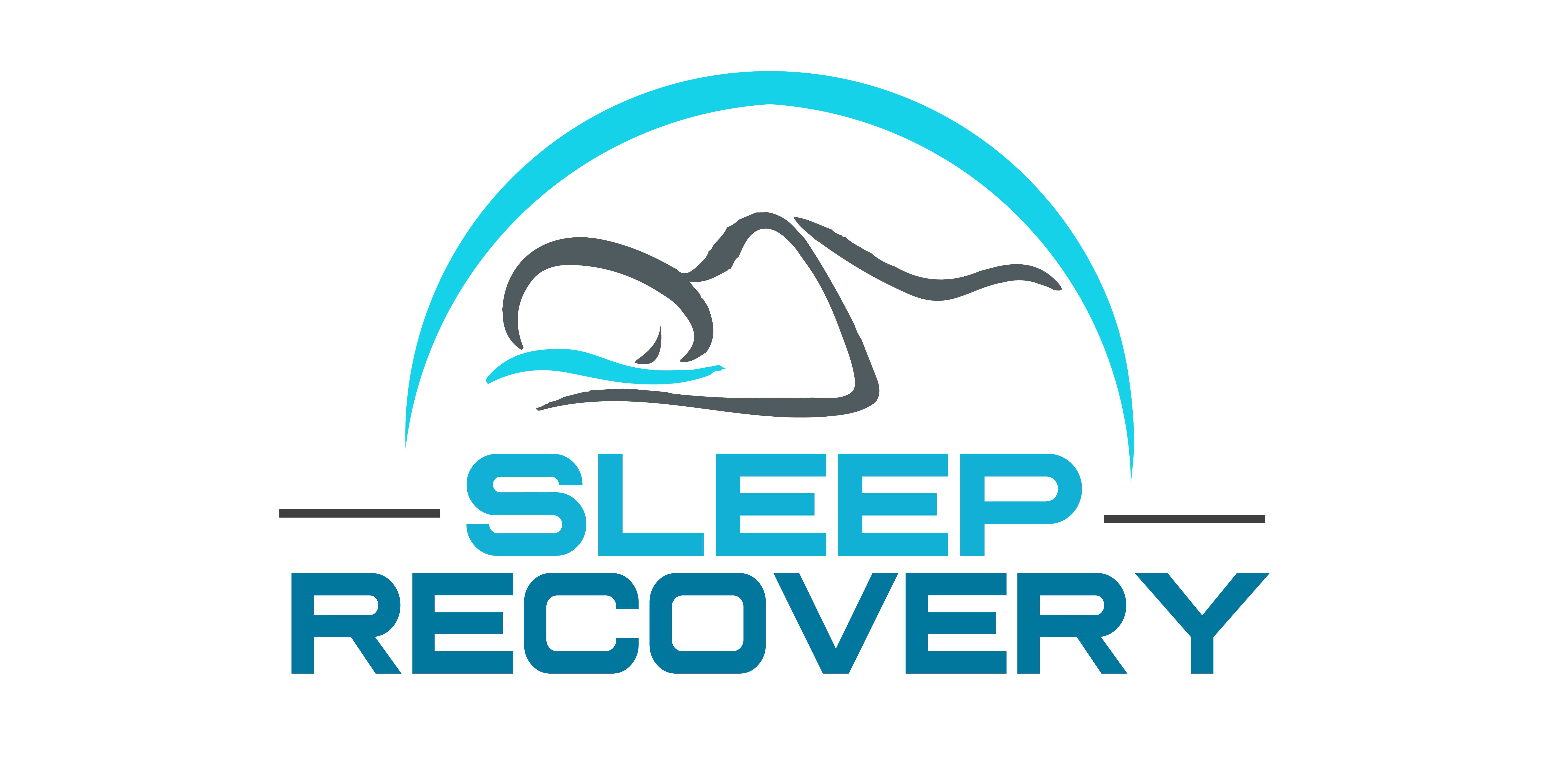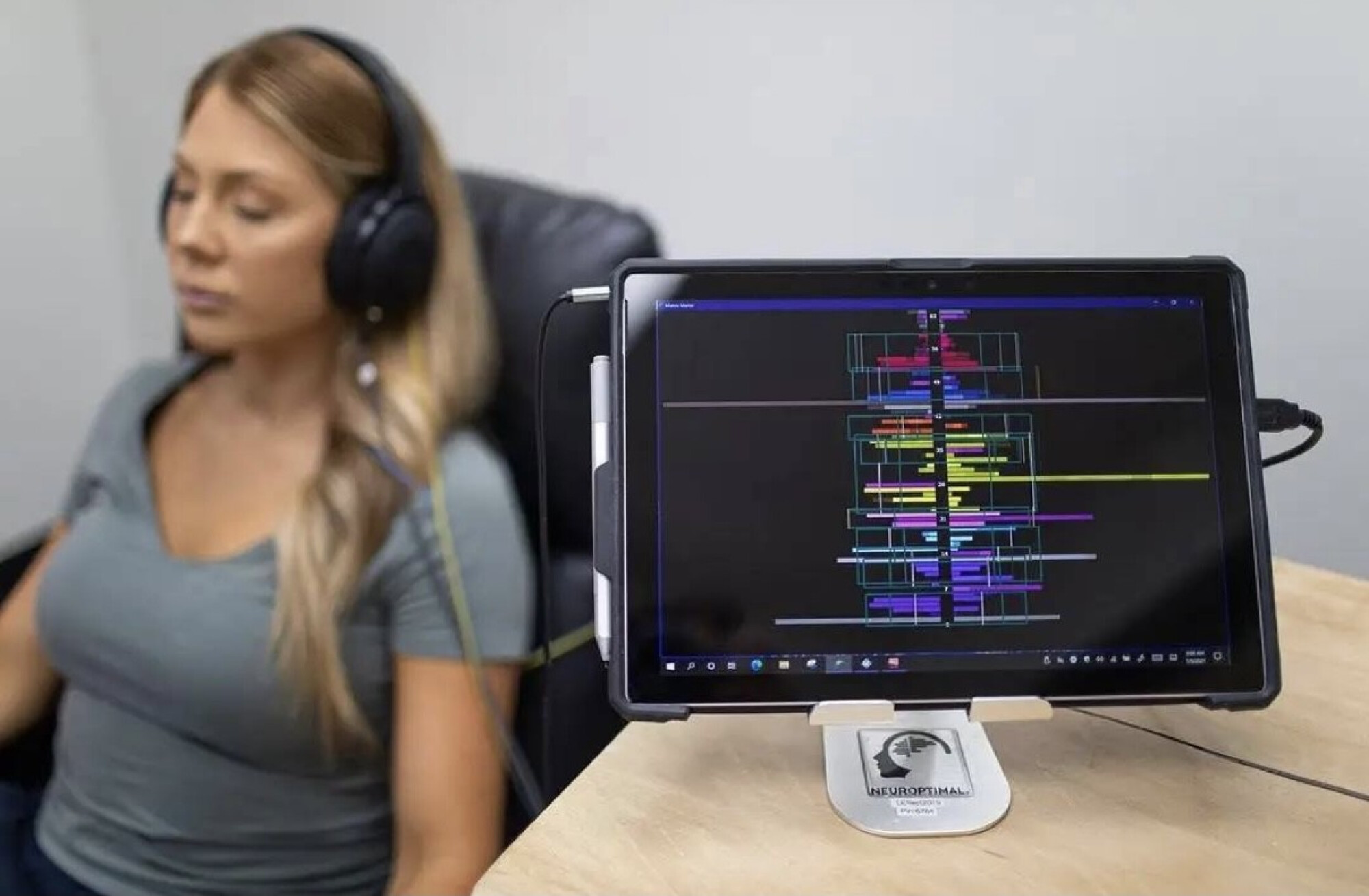America’s Mental Health Crisis: Trump’s First Term vs. His Second

In 2020, psychologist Dr. Elliot Benjamin wrote an article in the Journal of Humanistic Psychology about how Trump’s first presidency (2017-2021) and the COVID-19 pandemic affected Americans’ mental health. The results were bad. But now, as Trump is well into his second term in 2025, things have gotten worse.
During Trump’s first presidency, psychologists started calling the pseudo-condition “Trump Anxiety Disorder.” People felt helpless and out of control. They spent too much time on social media and worried constantly about the country’s future. The American Psychological Association found that 72% of Democrats said the 2016 election caused them severe stress, while only 26% of Republicans felt the same way.
Now in 2025, those problems haven’t gone away. In fact, they’ve gotten bigger. Americans face economic stress, political fighting, healthcare worries, and climate fears all at once.
How Things Changed Between His Two Terms
First Term (2017-2021): The Beginning
During Trump’s first four years, researchers found significant increases in mental health problems, especially in certain groups. A 2021 study in the Journal of General Internal Medicine showed that people’s average bad mental health days went from 3.35 to 3.85 days per month in states that voted for Clinton. Depression rates went up throughout 2017, hitting young adults ages 18-34 the hardest.
A 2022 study looking at Trump’s entire first administration found that many Americans said politics hurt their health. People reported more stress, trouble sleeping, depression, and even thoughts of suicide connected to politics.
Second term (2025-Now): Things Get Worse
The numbers from Trump’s second term show things getting worse. Clinical psychologists and mental health workers say the stress people felt during his first term has turned into despair this time around. Dr. Rachel Waford, a psychologist at Emory University, says people are more anxious about policy changes, especially people in minority groups who worry about deportations and restrictions on transgender care.
The Biggest Stressors Hitting Americans in 2025
1. Money Problems and “Stressflation”
Money worries top the list of what stresses Americans out in 2025. A LifeStance Health survey from June 2025 coined the term “stressflation” to describe mental health problems caused by economic issues. The study found 83% of Americans say the economy has affected their stress levels. Millennials (67%) and Gen Z (58%) feel it most.
The specific money problems include:
- Grocery prices are going up (60% say this makes healthcare less affordable)
- Gas and transportation costs (43%)
- Housing costs (42%)
- Utility bills (41%)
Even though inflation has slowed, prices are still higher than they were a few years ago. Almost 90% of Americans say they lose sleep at night worrying about health and the economy. Twenty percent say they “almost always” lose sleep because of money worries.
2. Healthcare Costs
Healthcare costs have become one of the top stressors in 2025. A survey from late 2025 found that almost half of adults worry they won’t be able to afford healthcare in 2026—the highest number ever. Worries about prescription drug costs went from 30% in 2021 to 37% in 2025.
The stress from healthcare costs has almost doubled since 2022. Now 15% of adults say health costs cause “a lot of stress” in their daily lives, up from just 8% in 2022. About one in three adults said they delayed or skipped medical care in 2025 because they couldn’t afford it.
The mental health treatment gap is appalling: 60% of people say cost stopped them from getting mental health care in 2025, up from 58% in 2024. People with high financial stress are more than twice as likely to skip mental health treatment because of cost. This dilemma creates a cycle where money problems make mental health worse while making it harder to get help.
3. Political Fighting and Uncertainty
Political stress has gotten much worse in Trump’s second term. Gallup polling from 2025 shows that worry levels about various issues have reached historical highs. On average, 45% of Americans say they worry “a great deal” about the problems being tracked, matching the peak first seen in 2011.
The constant policy changes under Trump’s second administration have created what mental health workers call “chaos fatigue.” The Trump administration’s strategy was meant to overwhelm opponents, but it’s also affected regular Americans who can’t stop paying attention to the constant news.
4. Work Burnout
American work culture continues to be a significant source of stress. Gallup research shows that about 68% of Gen Z and younger Millennials say they often feel burned out, compared to about 40% of baby boomers. Remote work, which people hoped would reduce stress, has created new problems with work bleeding into personal life.
Job stress costs the United States over $300 billion each year in lost work, employee turnover, reduced productivity, and higher healthcare costs. The problem affects not just high-pressure jobs but also retail, education, and service jobs.
5. Physical Health Problems
Long-term stress is causing physical health problems across the country. The American Psychological Association and National Institute of Mental Health document higher risks for:
- Heart disease and high blood pressure
- Digestive problems
- Weakened immune systems
- Poor sleep (which makes stress worse)
- Memory and thinking problems
About 75% of Americans reported experiencing a physical or mental symptom of stress in the last month, according to 2025 data. Women are more likely than men to report stress. Adults ages 18-34 report the most stress about health and money, while those 35-64 have more chronic health issues, along with money stress.
6. Feeling Alone
An often-missed stressor is the breakdown of community and the rise in isolation. The pandemic worsened isolation, and many Americans still feel less connected to others. This isolation makes mental health problems worse because humans need social connections to feel okay.
Research shows that isolation itself hurts mental health and may contribute to political division. The lack of regular social activities—from happy hours to sporting events to neighborhood gatherings—has left many Americans feeling disconnected and vulnerable.
Sleep Recovery: Fighting the Crisis with Brain Training Technology
In response to this increasing mental health crisis, some organizations are offering new solutions. Sleep Recovery, Inc., founded and run by David A. Mayen, has created a new approach to help with chronic insomnia and anxiety affecting Americans of all ages.
How It Works
Since COVID-19 ended, young people have been dealing with record levels of attention problems, anxiety, and poor sleep problems that have only gotten worse with the political and economic stress of 2025. Sleep Recovery has created a program using FDA-approved brainwave training technology that targets the brain patterns linked to chronic insomnia and anxiety.
The program uses advanced brain feedback and anxiety coaching. Unlike regular therapy or medication, this technology finds and fixes brainwave problems that cause most insomnia and anxiety issues. Through careful brain wave monitoring, the brain learns to maintain healthy sleep patterns, leading to better sleep.
David Mayen explains: “Brainwave training is about getting performance back. Just like cars, human brains run better with a complete tune-up. Our software programs detect and correct brainwave problems at the source of most insomnia and anxiety issues. This process is safe and works well.
Free Help and Easy Access
Knowing that money problems stop many families from getting mental health care—with 60% of Millennials and Gen Z saying cost stops them—Sleep Recovery has made access a priority. They offer free phone consultations that don’t require signing up, letting people explore whether the program is right for them without spending money or making commitments.
The program includes personal coaching and phone support to address client needs, answer questions, and facilitate helpful conversations throughout treatment. This personal approach ensures participants receive ongoing guidance as they work through the program.
Helping All Ages
Sleep Recovery serves many different people, with special approaches for different life stages:
Women: Knowing that insomnia and anxiety are at very high levels for women worldwide—from career and family troubles to feeling insecure—Sleep Recovery’s program gives women what they need: a fast and lasting solution.
Men: Understanding that men often don’t talk about their problems, Sleep Recovery uses a “men helping men” approach. The program helps men wake up rested, motivated, and strong, getting back the performance and satisfaction that chronic sleep issues take away.
Kids, Teens, and College Students: Most importantly, in today’s climate, Sleep Recovery works with young people from ages 3 to 26. The organization has gotten good at explaining the brain feedback process to young people and getting them excited to participate. Through early help, young people can benefit before sleep and anxiety issues become permanent patterns.
Strong Results with Little Time
The Sleep Recovery Program has helped thousands of clients return to regular, healthy sleep that lasts long-term. The time commitment is small: just 30-minute sessions every other day.
The organization’s goals for new clients show significant but reachable results:
- 6.5 to 8.5 hours of sleep per night
- 5 to 6 nights per week of good sleep
- An 85% reduction in overall anxiety levels
Clinical results support these goals. Most participants report an average 80% reduction in anxiety levels and significant improvements in sleep quality within the first month. Most clients see tangible improvements within just four sessions, with continuing progress throughout the program.
Real Success Stories
One client, Maria, got help after three generations of women in her family had chronic insomnia. “My grandmother took sleeping pills every night. My mother tried everything from meditation to medication. I was following the same path until I found Sleep Recovery,” she says. “After finishing the program, I’m not just sleeping better—I’m changing how our family relates to sleep. My daughter now has a mother who sleeps normally, something neither I nor my mother ever had.”
Another client describes their experience: “I had a terrible case of insomnia. For a few months in 2022, it got awful, and I was only getting 5 hours of sleep per week. I was desperate for help, and was looking for another solution other than Ambien or ‘don’t use your phone, take Melatonin, and just don’t worry about it’ advice from the internet. I found Sleep Recovery on Yelp and was immediately interested, as it was not just another ‘sleep study’ to see if I had sleep apnea. When chatting with David, it was a breath of fresh air to talk with someone who just got it and had a complete understanding of what I was going through, physically and emotionally.“
Fixing the Problem, Not Just Hiding It
What makes Sleep Recovery’s approach different is its focus on fixing the brain-level causes of sleep and anxiety disorders rather than just managing symptoms. The brain feedback technology works by helping regulate brainwave patterns that have been disrupted by chronic stress, trauma, medication side effects, or simply years of poor sleep habits.
Recent brain imaging studies of program participants show remarkable improvements in brain health. Areas that were showing fast aging begin to show restoration patterns, while anxiety signs decrease a lot. As the organization says, “Everything about us revolves around our sleep. When quality sleep is restored quickly and well, everything else also falls into place.”
What Comes Next
The data comparing Trump’s first and second terms shows a serious picture of America’s worsening mental health. From 2017 to full despair in 2025, the psychological toll on Americans has gotten much worse. The combination of economic problems, healthcare worries, political chaos, work burnout, physical health problems, and feeling alone has created an unprecedented mental health emergency.
While organizations like Sleep Recovery provide crucial help, using scientifically proven brain feedback technology to address insomnia and anxiety at their brain-level roots, the size of the crisis demands action at every level. Mental health professionals say that managing stress isn’t just a personal job; it’s a societal one that needs systemic solutions, including affordable healthcare, financial stability, healthier work environments, and less political fighting.
Sleep Recovery’s success in helping thousands of clients achieve lasting improvements in sleep and anxiety shows the power of new, evidence-based approaches. Their focus on making services easy to get through free consultations, and their ability to serve everyone from young children to stressed executives, provides a model for how mental health help can reach different populations affected by today’s multiple stressors.
As we go through Trump’s second term, the long-term psychological and physical health consequences for millions of Americans remain uncertain. What is clear is that easy-to-get, practical help focused on building resilience—especially for young people—will be essential for helping Americans get through these difficult times. The work of organizations like Sleep Recovery shows that when we address the brain foundations of anxiety and sleep disorders, real change becomes possible, even with bigger systemic challenges.
The question facing America is whether we can find the will to address not just the symptoms but the root causes of our national mental health crisis before its effects become permanent for an entire generation.
This article is based on research from peer-reviewed scientific literature, national surveys by organizations including the American Psychological Association, Gallup, and LifeStance Health, and current reporting on political and economic conditions as of November 2025.



